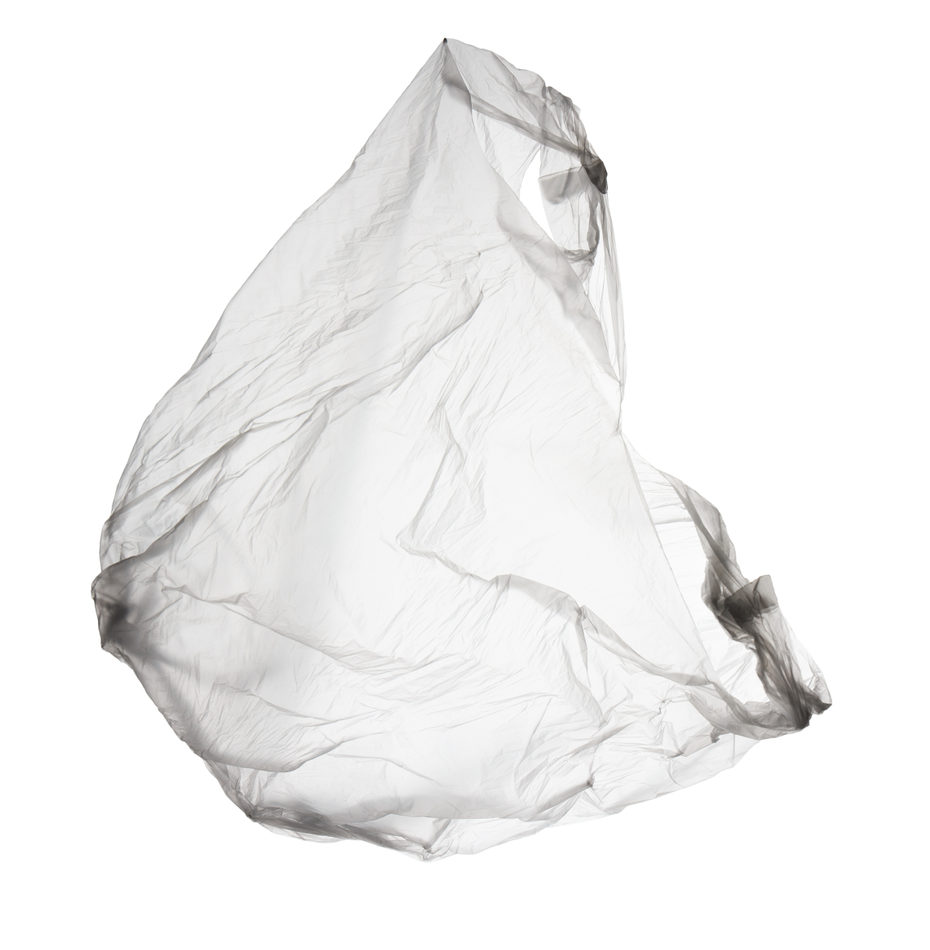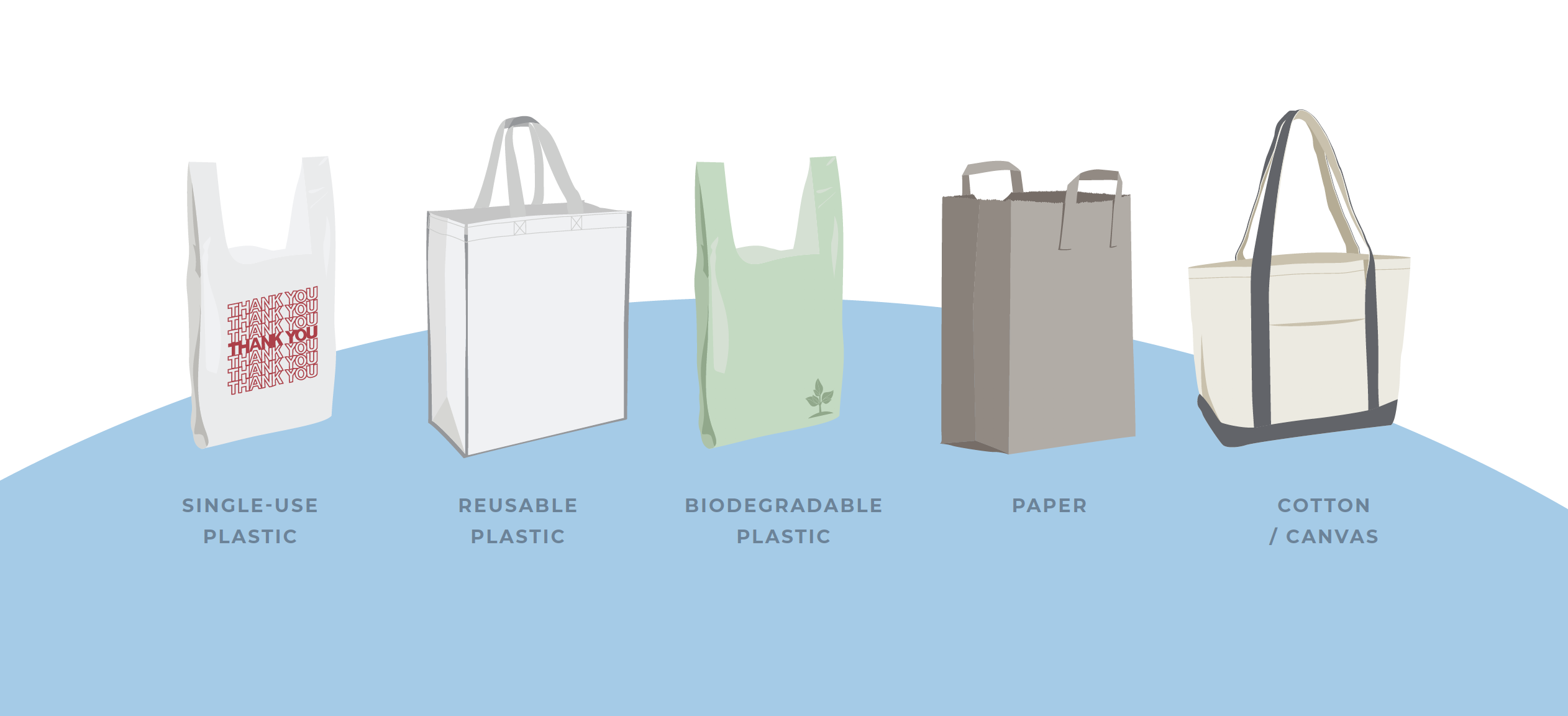Research and analysis
A New Way Home
Assessing the design opportunities to replace today’s single-use plastic retail bag
For decades, the single-use plastic bag reigned as the dominant design solution for one of the most common human activities: getting a purchase home. But that popularity comes at a great cost; almost all plastic bags end up in a landfill, are incinerated, or leak into the environment as trash. Together, let’s explore how we got to where we are today and what’s next?
The Bag Problem Today
The two main challenges with today’s bags stem from raw material usage and material recovery after-use. Today, the majority of single-use plastic bags are made from low-cost, fossil fuel-derived virgin plastic. They are not compostable and although technically recyclable, very few complete the journey to a recycling facility.

The Five Most Common Bags Used Today
While single-use retail plastic bags are the industry standard, consumers are increasingly trying to make eco-friendly bag choices. But today’s alternatives carry their own set of drawbacks. From production through end of life, no product presently existing at scale offers a tenable, long-term solution.

.
A Shifting Retail Reality
The context of retail bags is changing on every level. Consumer and regulatory reactions against single-use plastic bags aren’t surprising. Consumers want something better and regulation in this arena is rapidly evolving, with diverse forms of government taxes, fees, or outright bans on single-use plastic bags across the globe. Change is coming, opening up opportunities for design.
